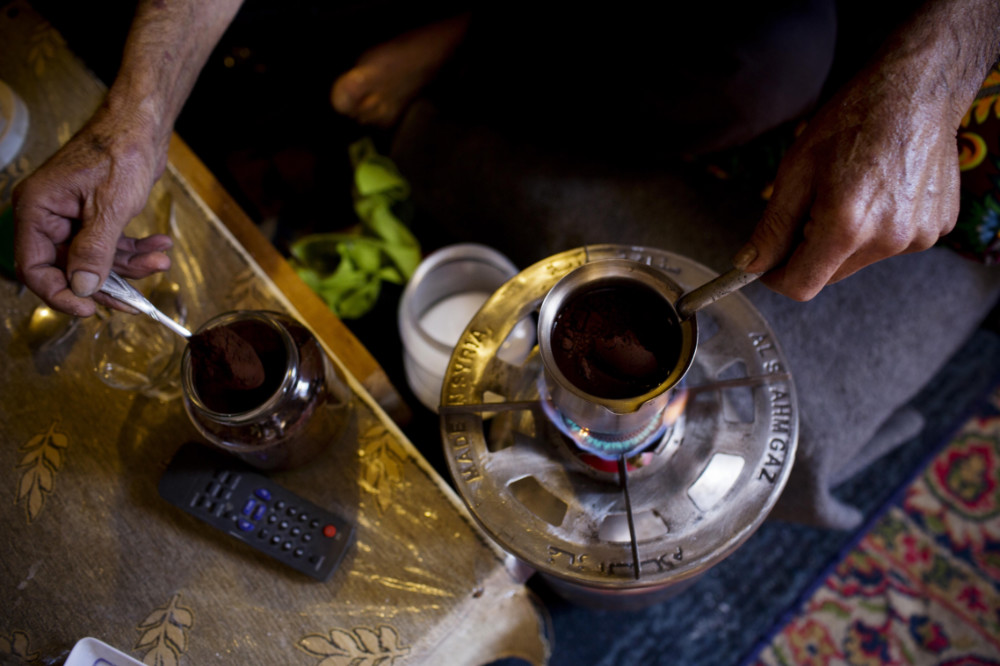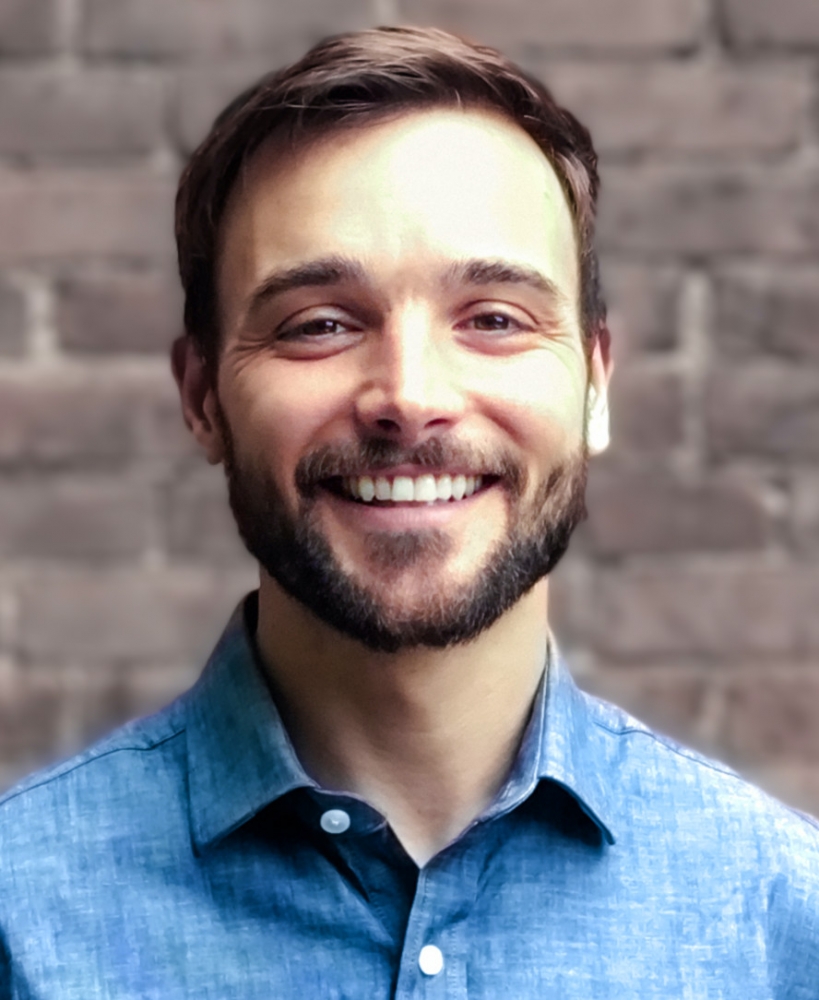
The Pull of Home

The scale of the global refugee problem is a nightmare told in numbers: 26 million people are classified by the U.N. as refugees, with 79.5 million forcibly displaced worldwide if we count those forced to flee in their own countries. To put that second number into perspective, if all those displaced people formed a nation, it would rank as one of the 25 largest countries in the world.
Daniel Masterson, a UC Santa Barbara assistant professor of political science and a co-author of a new paper on refugees, said that as bad as the numbers are, the public’s tendency to use the term “refugee crisis” implies mass displacement is a recent phenomenon or something novel. But, he noted, it isn’t new at all.
“What’s more, worldwide displacement doesn’t show signs of getting better,” he said. “The numbers of displaced people worldwide really are tremendously concerning, not only because they represent a large share of the world’s population, but also because we have so few effective policy responses.”
Indeed, when Masterson worked at the Immigration Policy Lab at Stanford University, he and his colleagues in 2018 discovered that governments and U.N. agencies were beginning to talk about when the roughly 5.6 million Syrian refugees — displaced by the country’s 7-year-old civil war — were going to return.
But when Masterson and others in the lab looked for social science data that would give them guidance on who would return and when, they found little of relevance.
“So we decided to address this question with survey research with Syrians in Lebanon,” Masterson said. “We wanted the research goals and structure to align with the perspectives and questions of people living and working in this crisis. So before designing and running our survey we ran focus groups with Syrians in Lebanon and Jordan. We interviewed staffers working at organizations small and large from local Syrian NGOs to UN agencies. We also ran workshops with the humanitarian community to get feedback on our study and make sure we were asking questions that would fill key knowledge gaps and assist programming.”
The result was a multiyear research project in which Masterson and his co-authors explored a critical question: What drives refugees’ decisions to return to their home country?
The short answer: conditions in the home country. In a survey of 3,003 Syrian refugee households in Lebanon, the authors found perceptions of safety, economic conditions and the availability of public services are more important considerations than conditions in the host country. Refugees’ confidence in their information about conditions at home also plays a significant role in their decisions to return. Results are now available in a working paper, “The Dynamics of Refugee Return: Syrian Refugees and Their Migration Intentions.”
Additionally, a key corollary to the findings is that making life difficult for refugees doesn’t compel them to leave.
“We were not expecting the finding that host country conditions would play a small role, on average, on people’s decisions,” Masterson said. “If anything, it looks like Syrian refugees who are better off in Lebanon are more likely to intend to return to Syria, and to have taken steps to prepare to return. This might be due to the fact that return to a country after years of civil war is a costly and challenging process, and people with greater social and material resources are better positioned to do so.”
He added that it will be valuable for future research to dig deeper into the relationship between conditions in hosting countries and return, trying to understand when and for whom hosting policies do shape decisions.
“We might imagine,” Masterson said, “that in refugee crises with very different dynamics in the home country — such as situations with less severe threats than we see in Syria — that in those contexts hosting policy might shape decisions.”
Looking ahead, Masterson noted that the current global refugee system barely works for the scale of displacement now. If the number of forced migrants — as a result, for example, of climate change — the world will need to reconsider how it deals with refugees.
“Within the current refugee system,” Masterson said, “the most important needs are increased humanitarian and development funding, increased refugee resettlement and — possibly most critical — more liberal hosting policies.”
As it is, host countries are extremely reluctant to give refugees legal residency. Given how small resettlement programs are, he said, the most important policy changes would actually be in hosting countries.
“Both refugees and hosting countries can benefit from legal regularization of refugees,” Masterson said. “The research consensus is that labor markets generally adjust to — and even benefit from — the large demographic shock of refugee immigration. Excluding refugees from legal status and access to the labor market makes entire societies worse off, forces people into informality and precarity and reduces government ability to govern effectively and draw in revenue through taxation.”
As for the Syrians in Lebanon, Masterson said his group is staying in touch with people surveyed to study their actual return behavior, not just their intentions. So far, he noted, people who said in October 2019 that they intended to return within 12 months were about four times more likely to have actually returned within that period than people who said they didn’t intend to go back.
“That being said, only about 100 of the 3,003 households involved in the study have returned,” he said. “Return has been harder due to COVID-19 lockdowns and travel restrictions. Travel back to Syria has been more constrained over the past year. We will see what happens to return behavior once this pandemic begins to wane and restrictions are lifted.”
The paper is a project of the Immigration Policy Lab, based at Stanford and ETH Zurich. The paper’s co-authors are Ala’ Alrababa’h and Jeremy Weinstein of Stanford, Marine Casalis of ETH Zurich, and Dominik Hangartner of ETH Zurich and the London School of Economics and Political Science.



